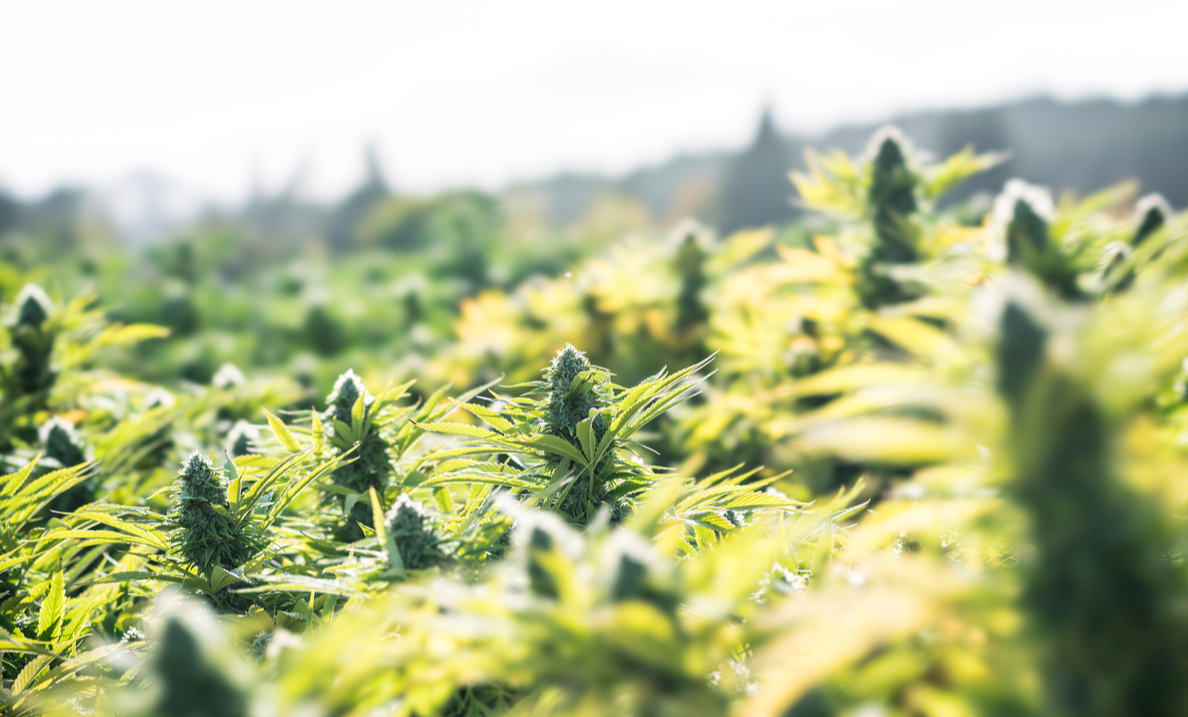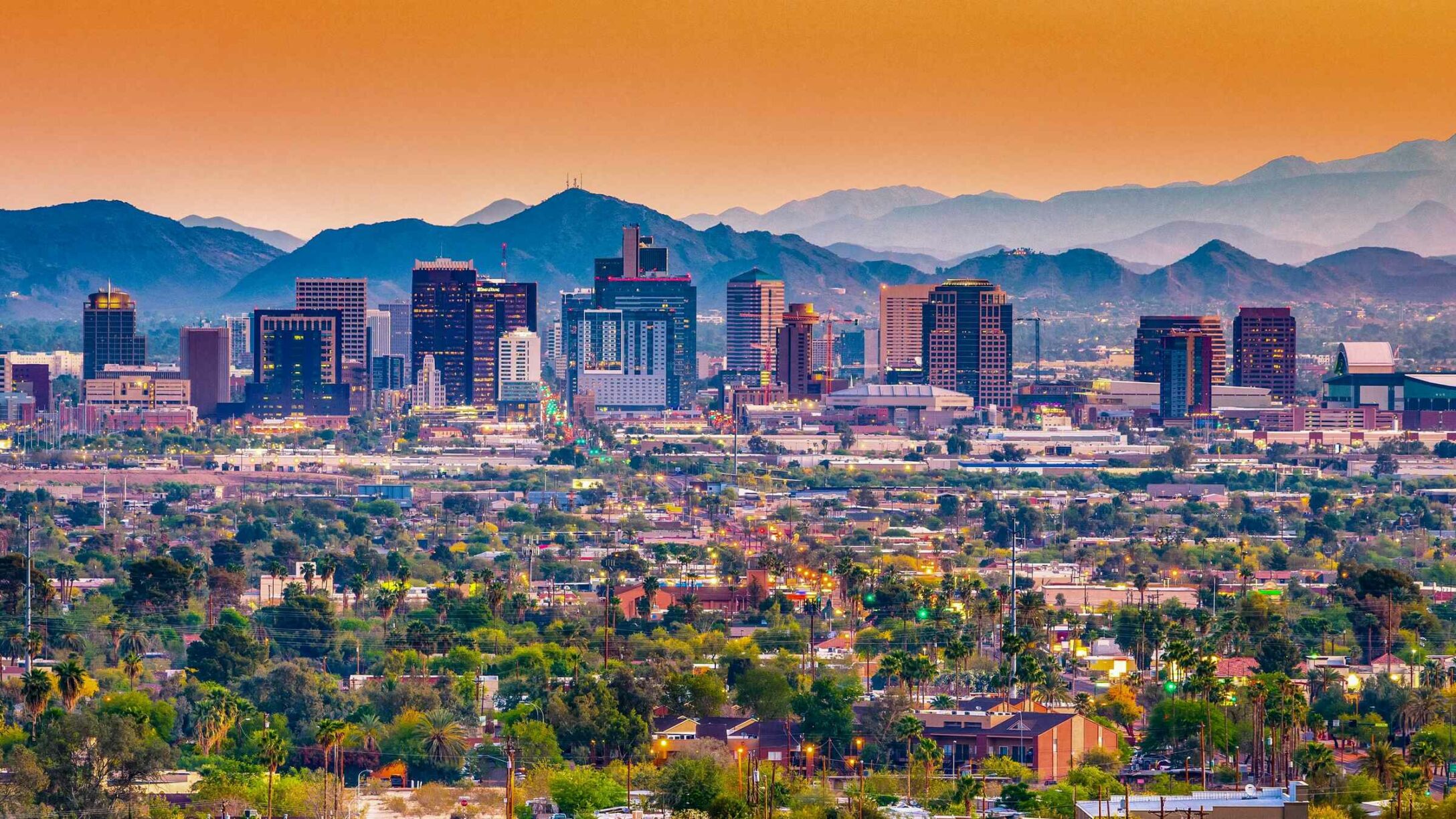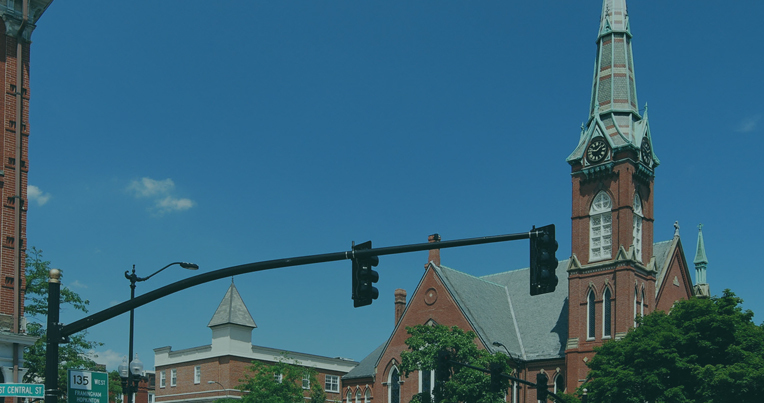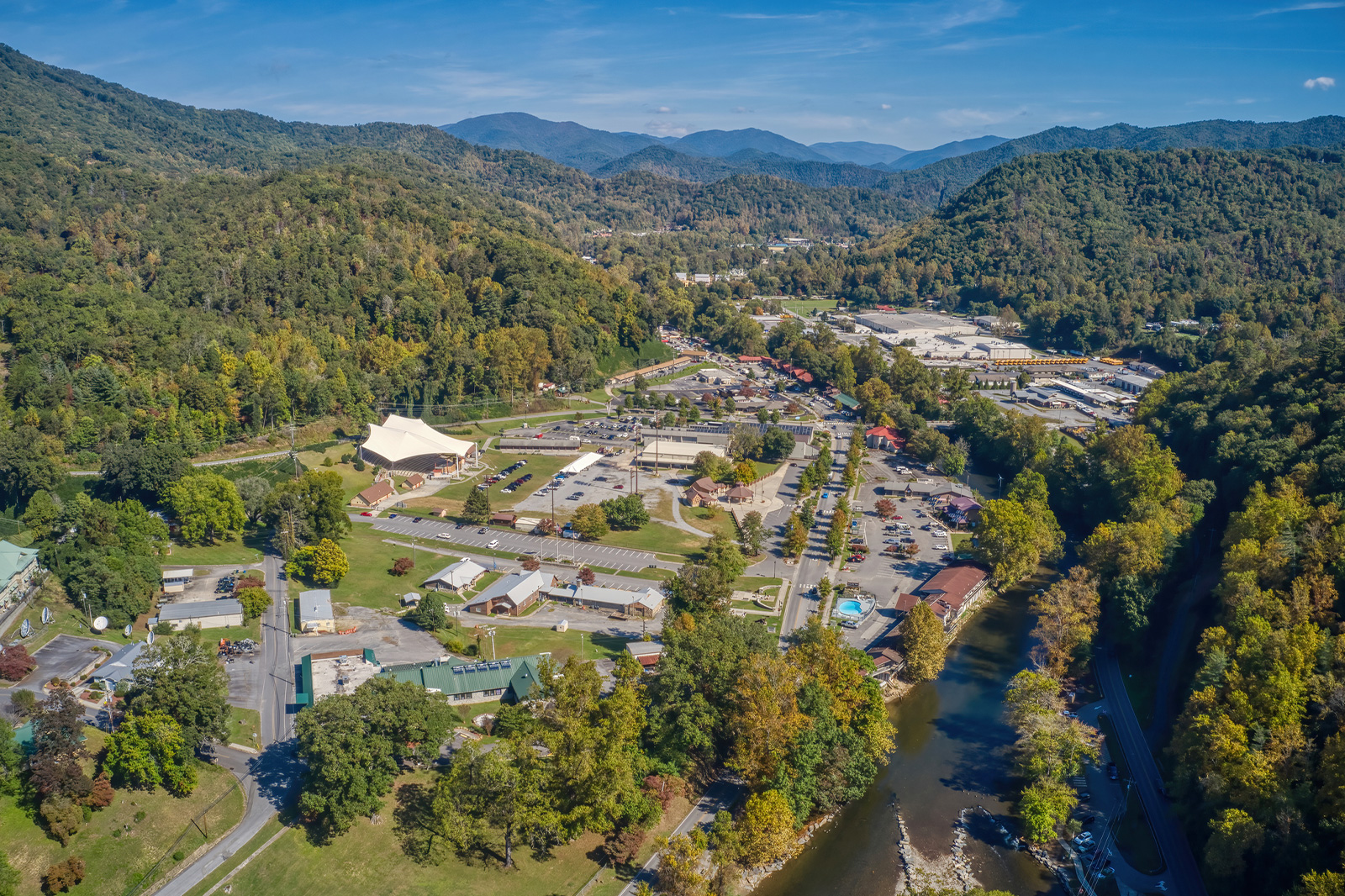October through November is the official harvest season for cannabis grown, as the Gods of Ganja intended, under the sun. It’s a time when outdoor cultivators spend their time cutting, drying, curing, and trimming a bounty of bud. It’s a celebratory time where cannabis farmers, who’ve worked tirelessly during the summer months tending their fields, relish in this labor of love and hopefully make a few bucks in the process. But this agricultural sect has suffered some setbacks over the past few years. A flooded market has made it harder for outdoor grows to thrive. What brought an average of $500 per pound in early October will soon drop by hundreds. It’s a situation that stands to potentially devalue the outdoor cannabis farmer.
Cannabis retailers typically have plenty of sun-grown marijuana to sell by December. And the loyal consumer is always eager to get their hands on it, too. Why? Outdoor grown marijuana is of the same high-quality, high potency standards that the consumer has come to enjoy, yet it is often budget friendly. Unfortunately, outdoor cultivators complain that this harvest season could be a bust, largely in part due to higher production costs, excise taxes, and licensing and permit fees.
There is also the sting of criminal organizations.
During a recent bust in Medford, Oregon, outside Humboldt County, California, law enforcement discovered a large outdoor grow operation and nearly 3,900 pounds of harvested marijuana. There are presumably hundreds of these black market growers, some of which are run by cartels, operating in the southern part of the state. Illegal growers are so prolific in those parts that state and local officials are now talking about deploying the Oregon National Guard to help regain control. All of this threatens the bottom line of legitimate operations. Toss in the low prices due to excess inventory, and outdoor growers are at risk of being put out of business.
But let’s get this straight: That can’t happen.
There is something special, even a little romantic, about sun-grown cannabis, especially in Medford. There was once a time when guerilla growers in the Rogue Valley, those who made their livings as outlaws on the black market, had to run tight, clandestine operations, doing their best to evade law enforcement, whenever possible, to see their annual cannabis crops to fruition.
The War on Drugs and a federally funded arsenal of pot-seeking helicopters often made it difficult for those crops to survive the season. And if they did, the yields were sometimes poor and not of the highest quality. Nevertheless, these are the colorful origins of the cannabis culture, and the sun-kissed bud produced in this region continues to be looked forward to far and wide.
These days, however, the cannabis industry has the luxury of weed grown both indoors and outdoors. Everyone has their favorite method too, but most will tell you that each has its ups and downs.
Although indoor grows have better control over the various factors that dictate the overall health, potency, and yields of a plant, outdoor marijuana can sometimes offer higher potency and a better flavor profile due to how cannabinoids and terpenes are developed in nature. It takes a lot of science and money, after all, to produce high-quality herb in a greenhouse, while weed just seems to want to grow in the open air. That’s not to say that growing cannabis outdoors is effortless, easier, or even better than growing indoors. It’s none of those things. But there’s a contrast between the two, and it’s one that showcases the importance of nature and nurture.
Outdoor grow operations are arguably less expensive to set up and maintain than elaborate indoor cultivation centers with lighting, temperature controls, and automatic watering mechanisms. The indoor ops help growers more accurately produce this delicate crop from beginning to end. Meanwhile, outdoor growers must rely solely on sunlight, the Earth, and instinct.
Indoor operations undoubtedly brought Cannabis indica to a new level on the legal market – a development that has benefited countless medical marijuana patients – while the recreational sector profits most from Cannabis sativa. These energizing “head high” producing plants are mainly grown outdoors because of the sheer magnitude of their size – some reaching impressive heights of 20 feet. There’s just not enough area to cultivate such stately herbs in a confined space. More to the point, some of the leading cannabis sold in dispensaries, like Blue Dream and Durban Poison, prosper outdoors. It could be said that the effects of these strains are so popular because, in ways, the euphoric vibes and the calming body buzz closely resembles a grower’s way of life in southwestern Oregon. But achieving that Zen requires finesse.
Profits are made on prudence. Outdoor cannabis plants must be constantly monitored throughout the season – from summer until harvest time — and protected from the elements. Heat, wind, and rain are, by all accounts, the biggest threats to these crops outside of pests. Moist conditions can make plants rife for mold, which can put cannabis farmers at risk of losing yields. In this scenario, a farmer’s whole yearly income can quickly go up in smoke long before the harvest season.
Furthermore, if sun-grown marijuana tainted with mold makes it to market due to a lack of testing, dreaded product recalls can transpire, marring the public image of farmers and dispensaries, alike, while resulting in substantial financial losses. Therefore, consistent quality control is paramount to producing this industry staple. Unfortunately, with outdoor grows hitting snags stemming from high operating costs, dwindling profits, and with seasonal workers now complaining that they can earn better wages working fast food than trimming buds, we could start to see licensed cannabis farmers abandoning this historic segment of the cannabis market simply because it no longer makes any fiscal sense. It could be an end of an era, and that is truly unfortunate.
The cannabis industry must protect this classic. Outdoor grows are a cultural mainstay in the business of growing bud, relevant to the history of the American marijuana movement and agriculture across the board. These operations must be preserved legislatively and in daily trade, never left to become a relic of the legal marketplace. If nothing else, this harvest season, we should pay homage to this deep-rooted American tradition, remembering where we came from, and praise those legitimate outdoor growers who continue to preserve the outdoor growing tradition.













